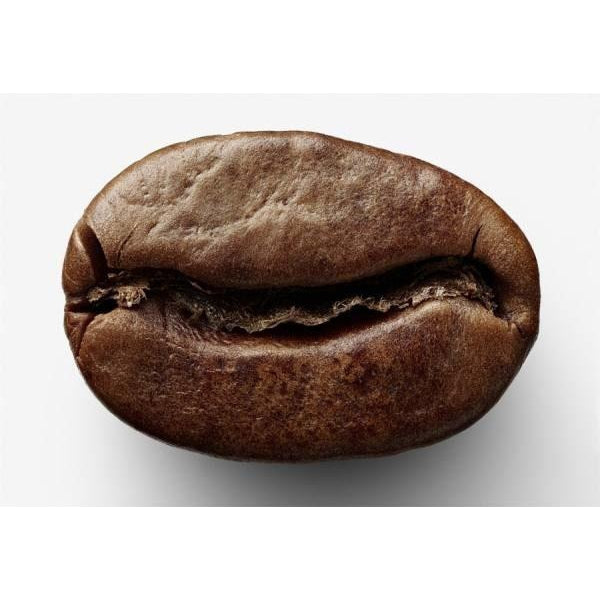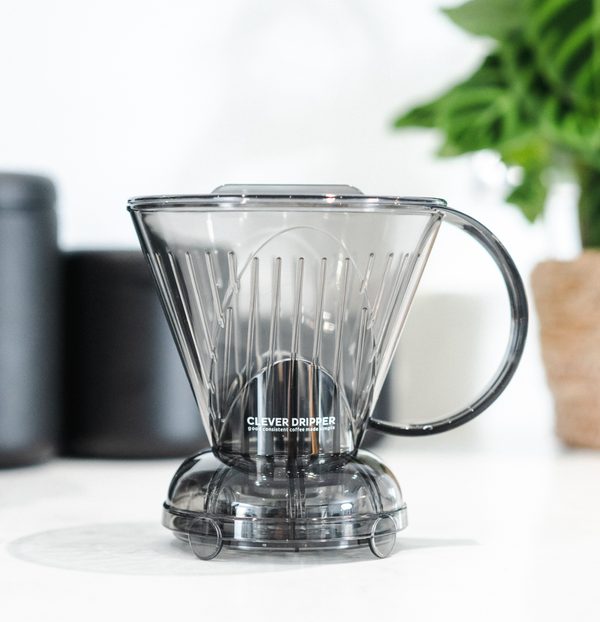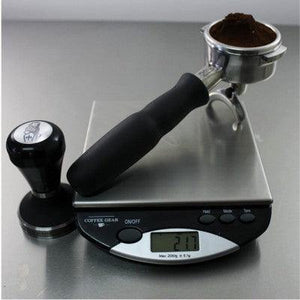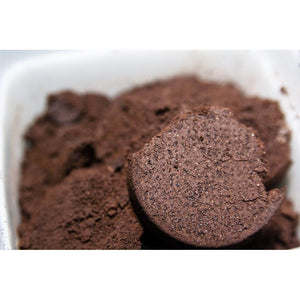
Harvesting
First the coffee tree grows from a planted seed in the ground. From 4-8 weeks it develops into a seedling and after 3 years the tree will start to grow their fruit known as cherries. After another 3 years, the tree will be full with fruit and ready for harvesting. This is usually done in bulk coffee plantations in over 50 coffee producing countries around the world.
Coffee trees only grow in tropical and sub-tropical regions. Brazil being the largest, it produces just over 28 percent of the world’s total output. A well grown coffee tree can produce over 1 kg of raw coffee a year; however it needs perfect temperatures between 17º and 23º as well as good rainfall and soil conditions. Coffee grows as a red cherry carrying two beans inside, which is the golden product.
Picking
The next stage is to take the bean from the tree. The bean is the seed of the coffee plant, and comes from inside a red or purple fruit known as the cherry. The plants are grown several feet apart, and are almost always handpicked. A good coffee picker can pick up to 50-60 pounds of coffee per day.
To keep up to with the current coffee demand in today’s world, we all need to contribute towards more than 5,000,000 metric tons per year. That’s a lot of afternoon tea! The average lifespan of a coffee tree is 20 years, and each will produce around 40,000 beans during this period.
Tasting
From this point, the coffee bean goes through a tasting test for quality in every stage. Known as “cupping”, an experienced coffee taster could test hundreds of coffee beans and taste the fine difference between them.
Processing
When the fruit is ripe, it goes through the dry processing stage. Cherries will be dried under sunlight and removal of the dried skin will begin. The process can take up to two weeks during which the coffee needs to be constantly raked to prevent mildew.
Filtering
Once the cherries have been picked from the trees, it goes through its first filter. This can be done in different ways depending on the outcome of the required coffee taste. One method creates aged coffee, and involves keeping the bean in a ventilated environment for 1-6 years. This gives the beans a less acidic taste and that syrupy richness.
Hulling
Processed beans are removed from their parchment layer either through pickers or machines. This involves removing the entire dried shell of the cherries by hand or having a machine crunch off the outside layer.
Polishing
This is done to improve the appearance of the bean. At this point, the beans can be shipped; however the following methods are optional depending on the time and money available to spend at this stage. Any silver skin that is left untouched will be put through the polishing machine.
Cleaning
The bean is then taken into the cleaning and sorting process. There are a few different machines that have their own jobs. First the beans are sorted by density and size. This will remove all unwanted objects from the batch. This includes things like nails, stones, sticks and dirt that may have become mixed with the coffee.
Machines blow the beans into the air which will separate them into different sized filter bins. The beans closest to the air source are the heaviest and least affected by the pressure; the lightest are blown into the furthest bin. Another machine will then sieve the bean, sorting it by size. These are then placed onto a tilted machine desk and shook until the heaviest, most vibrant beans are separated from the rest.
It’s almost there, but not quite ready for your coffee cup just yet! For the final step it’s sorted by colour. This is done by hand and is the trickiest tasks so far. Teams will pick discoloured and other damaged beans from the pure. The other option is to use machine to detect dark and light objects with sensors. A tiny puff of air will shoot the bean into its designated home.
Exporting
Finally it is given the name “Green Bean” indicating it is fresh and ready to be exported. Coffee houses around the world will be supplied with the final product. Coffee is the second most actively traded product after oil, with more than 20 million people working in the industry.
Roasting
Roasting is usually occurs in the importing country, and involves the beans being roasting at 550 degrees fahrenheit. When the coffee beans go through this process, the sugars within them start to caramelise. This is where the flavours are persuaded from the beans core. This is why it is so important to get these to the consumer as quickly as possible, so you can taste that perfectly rich flavour.











